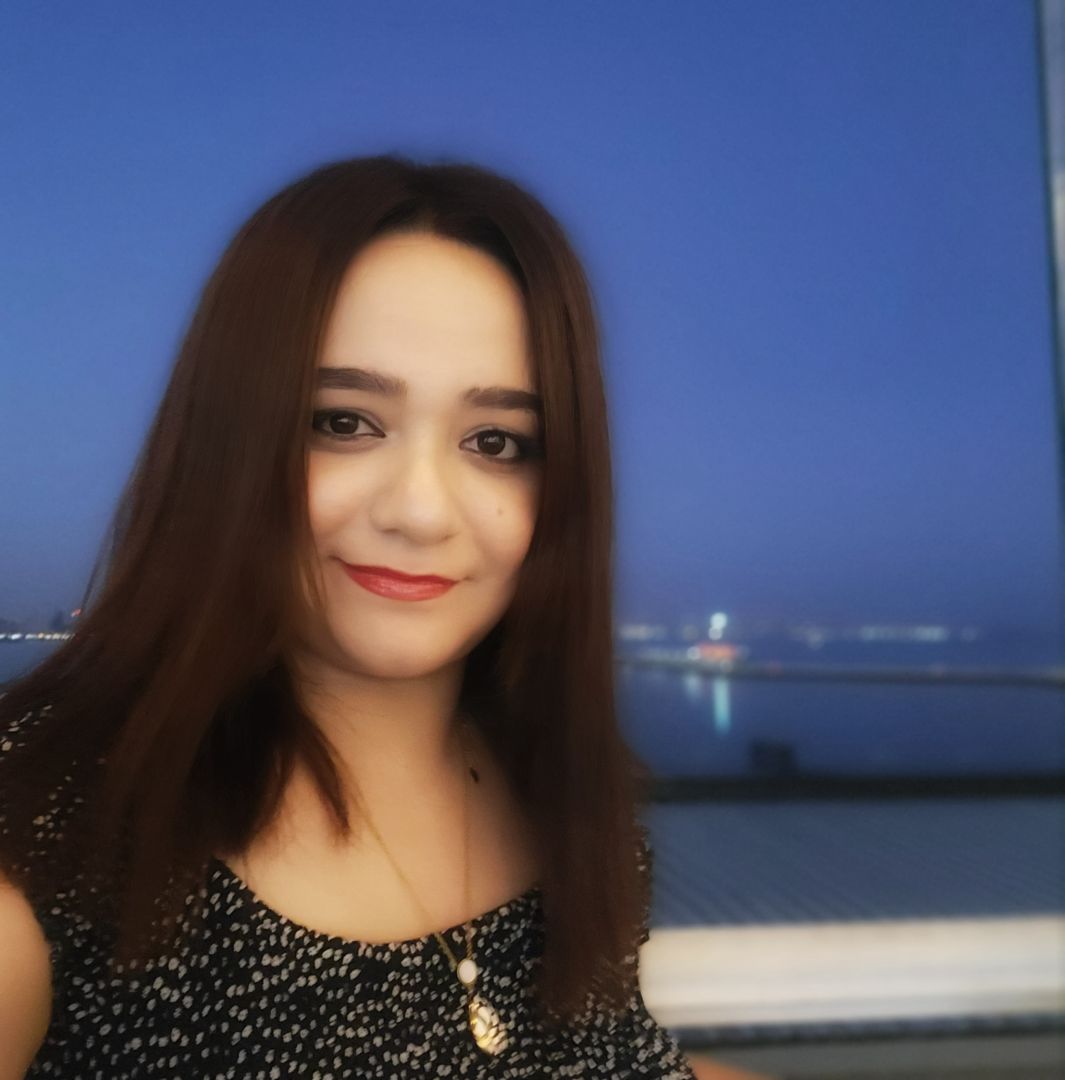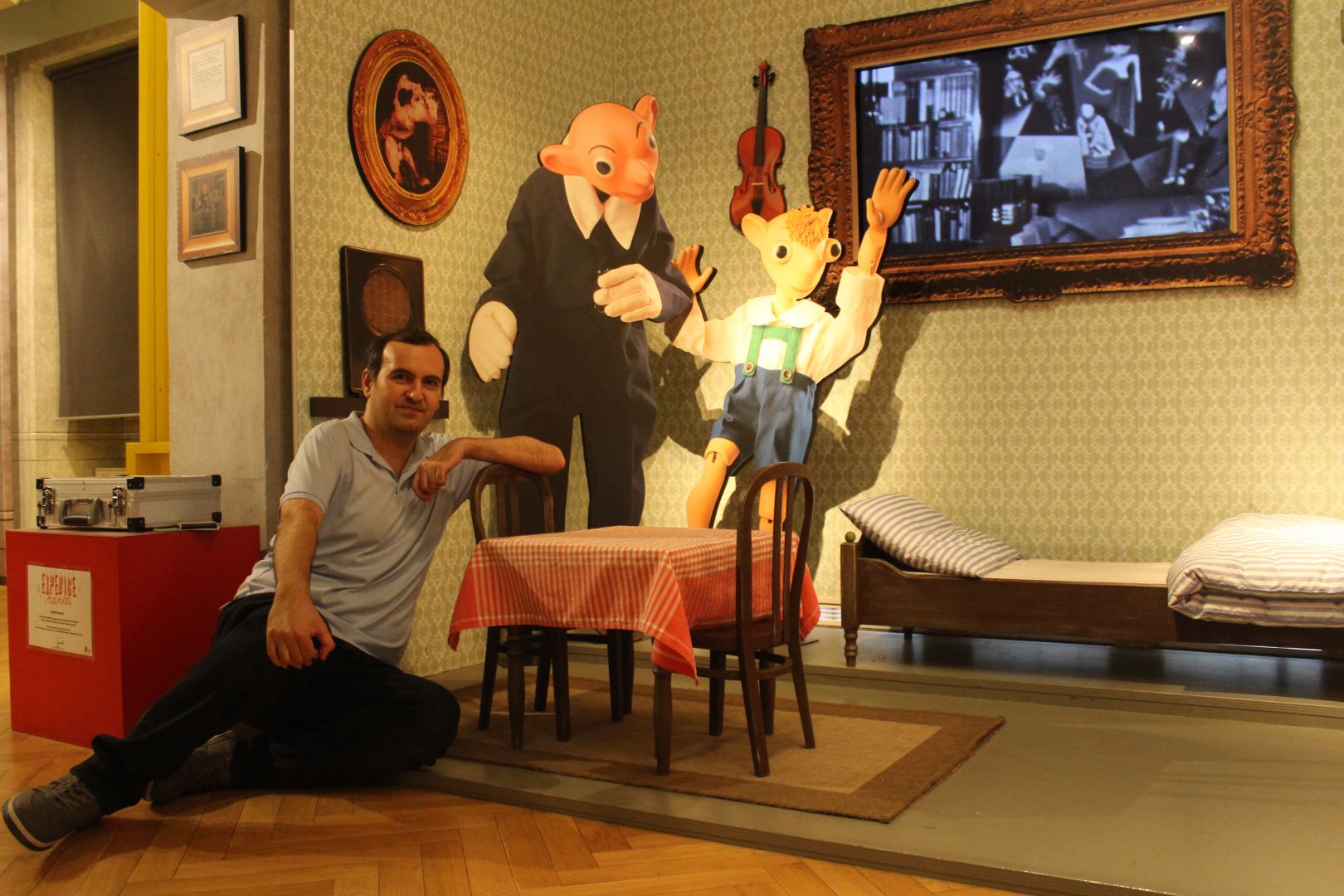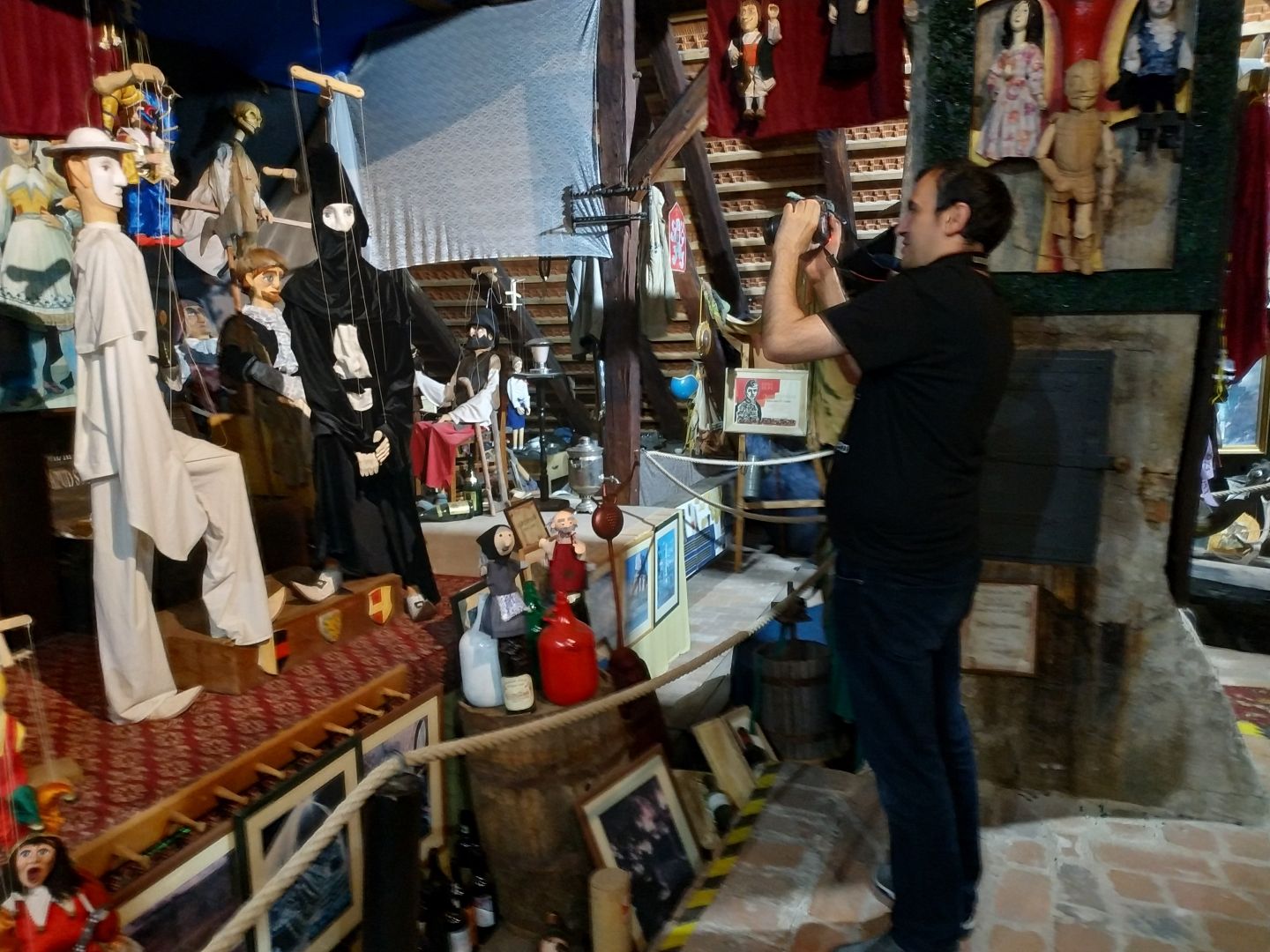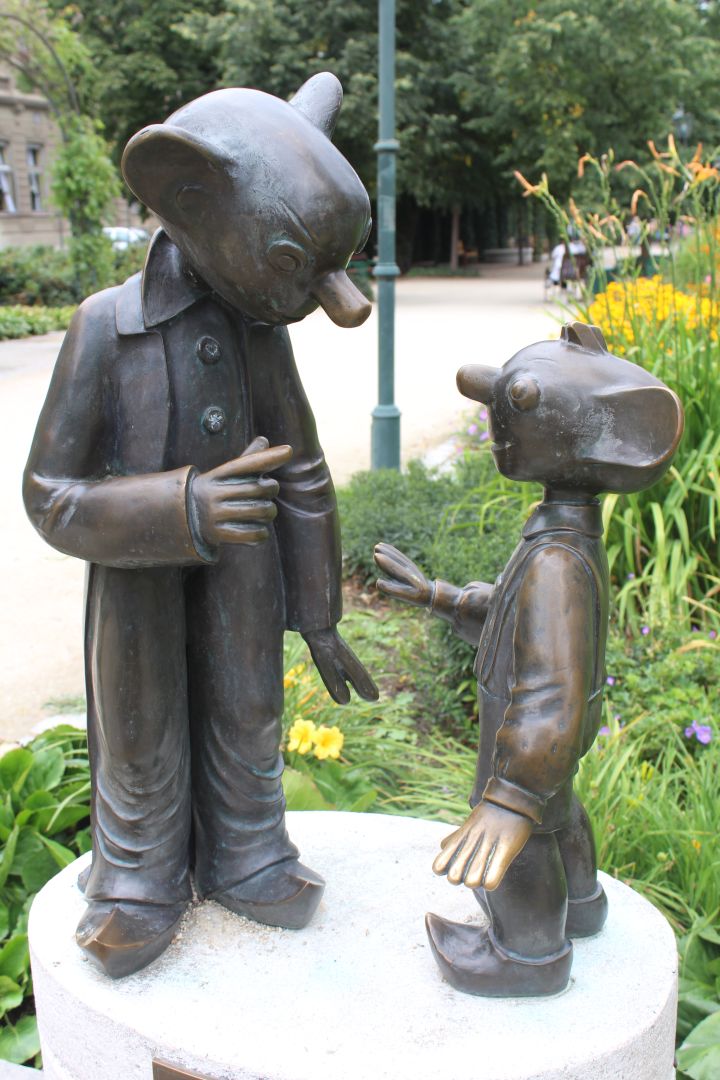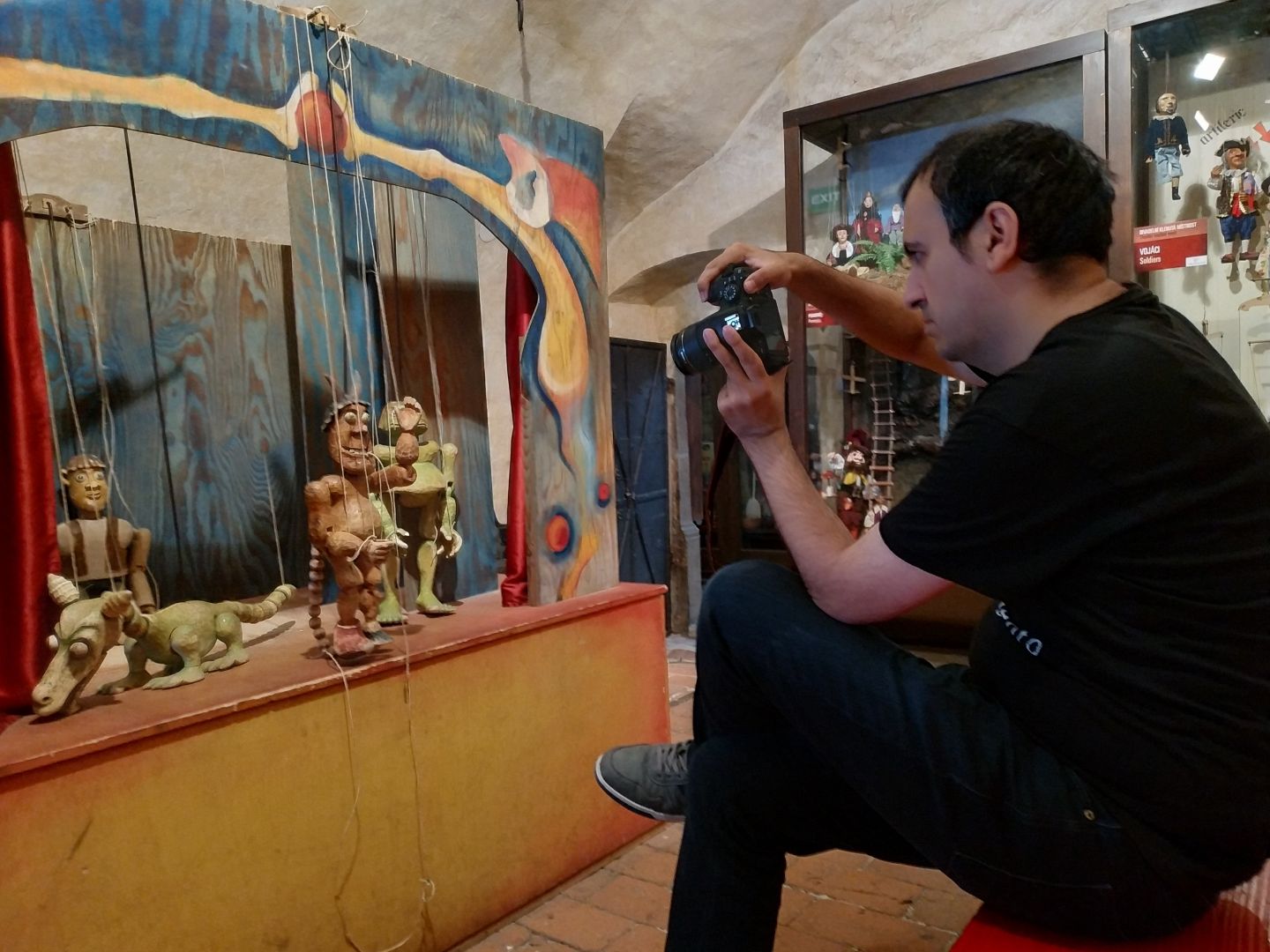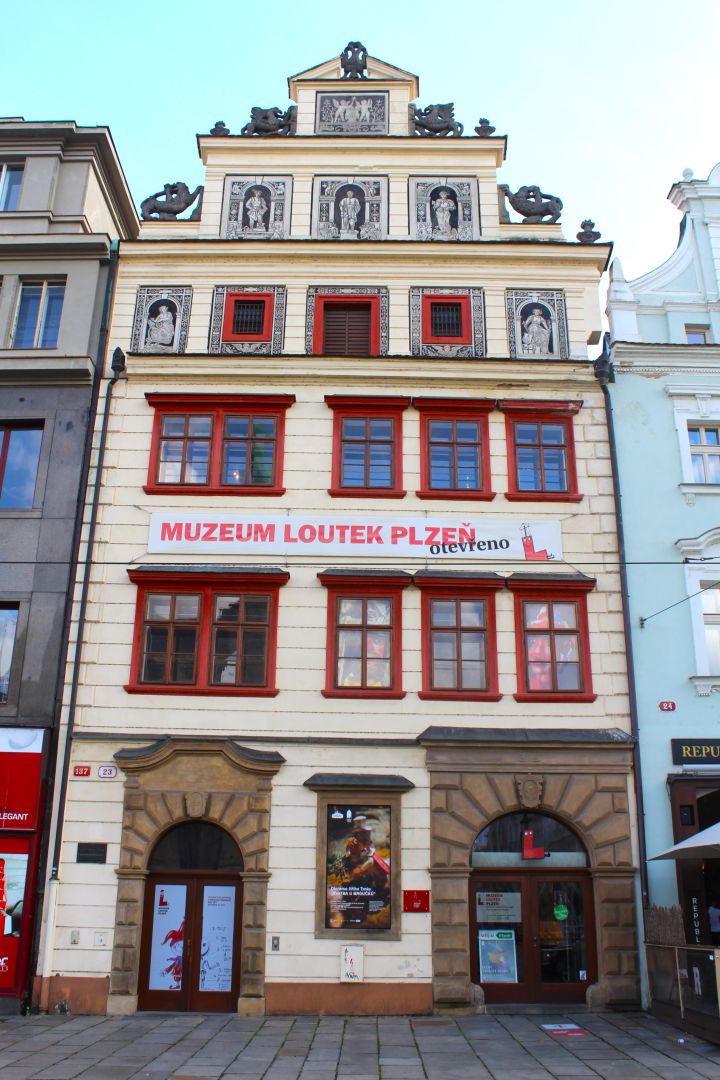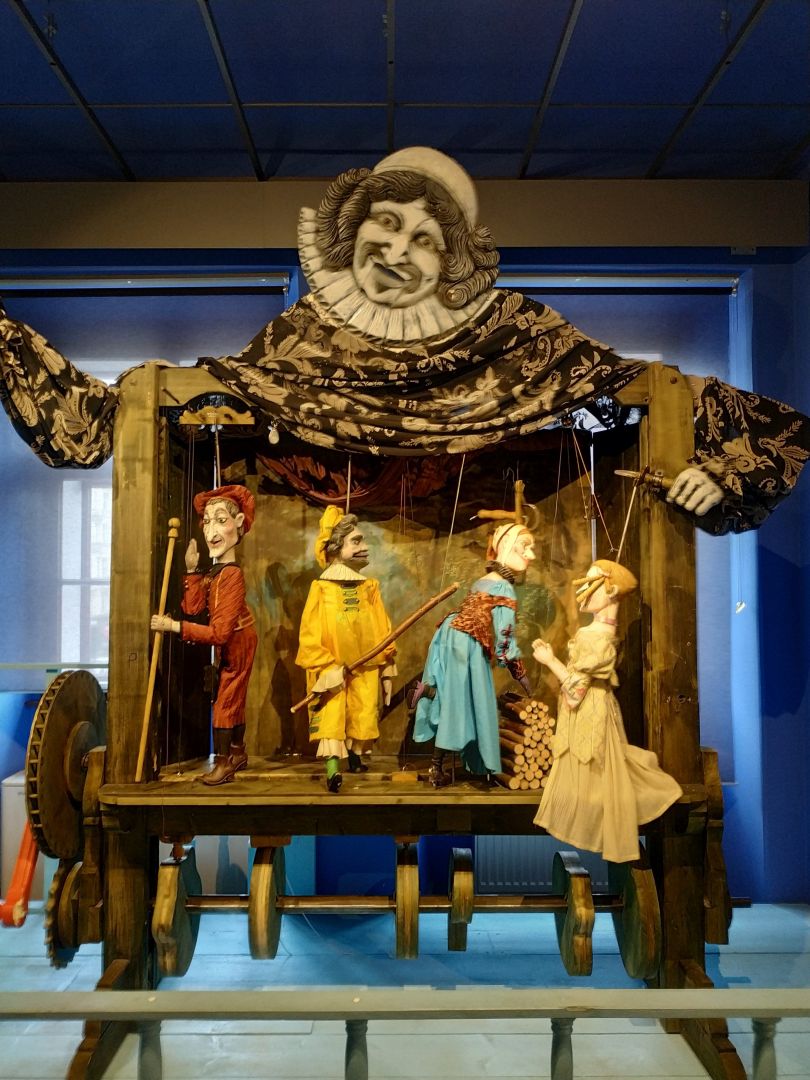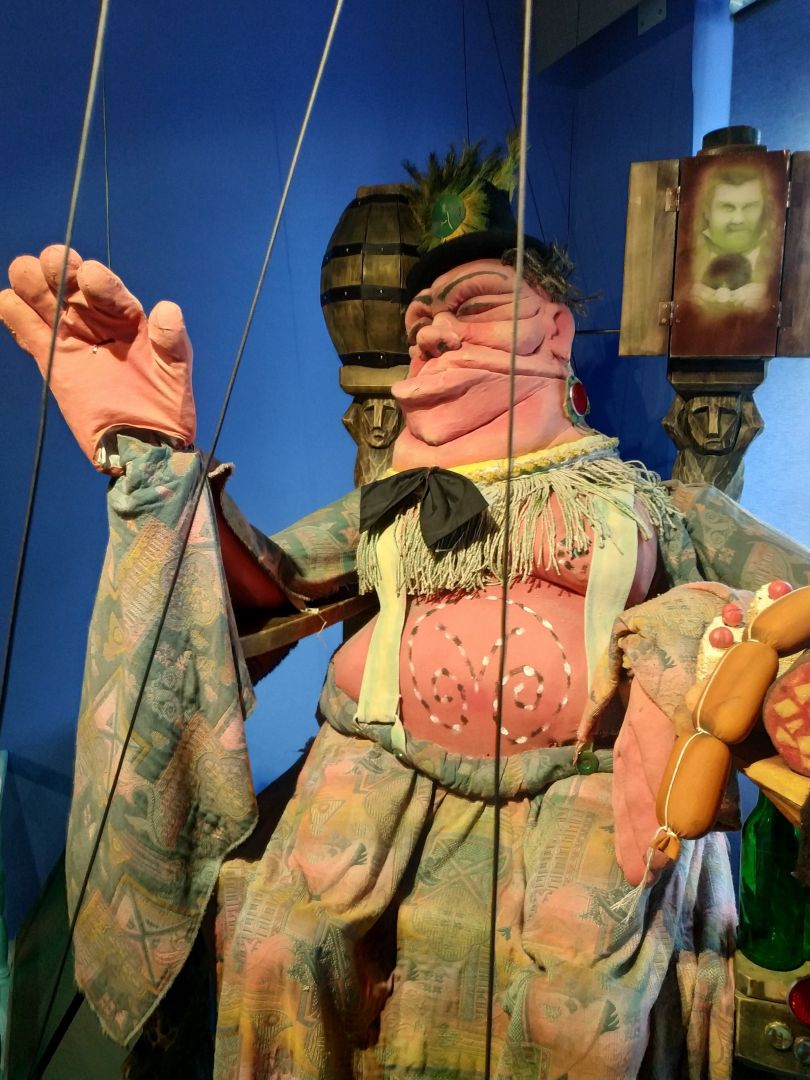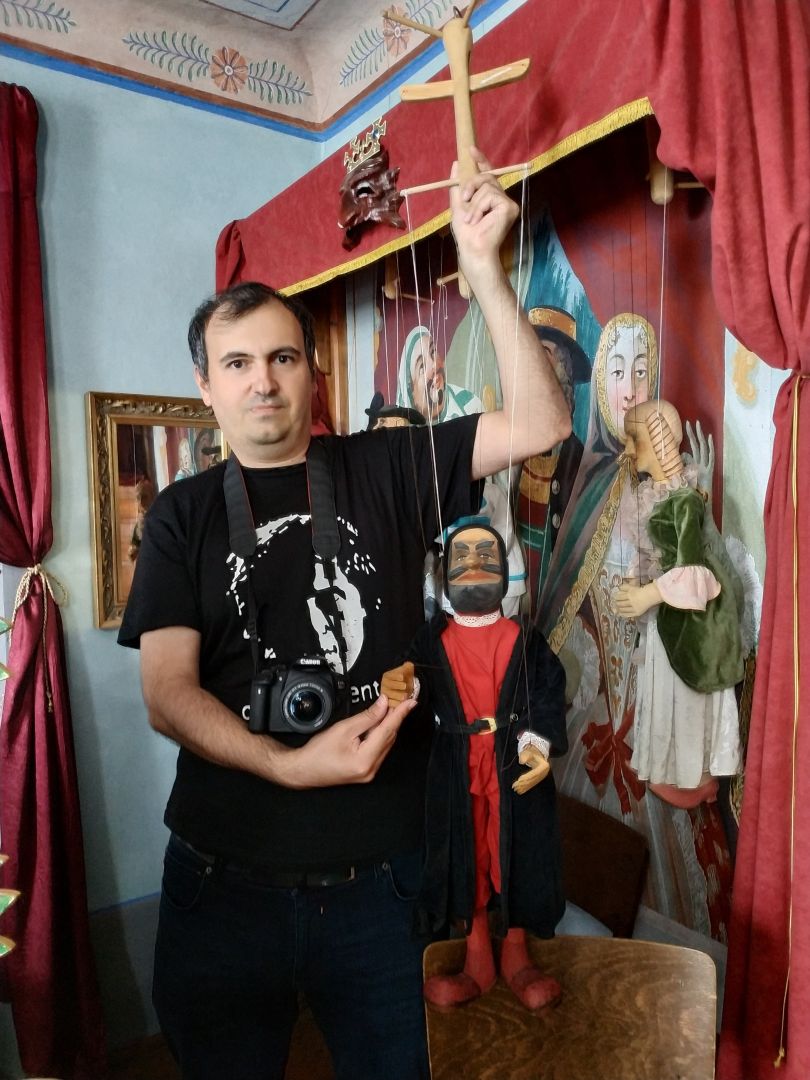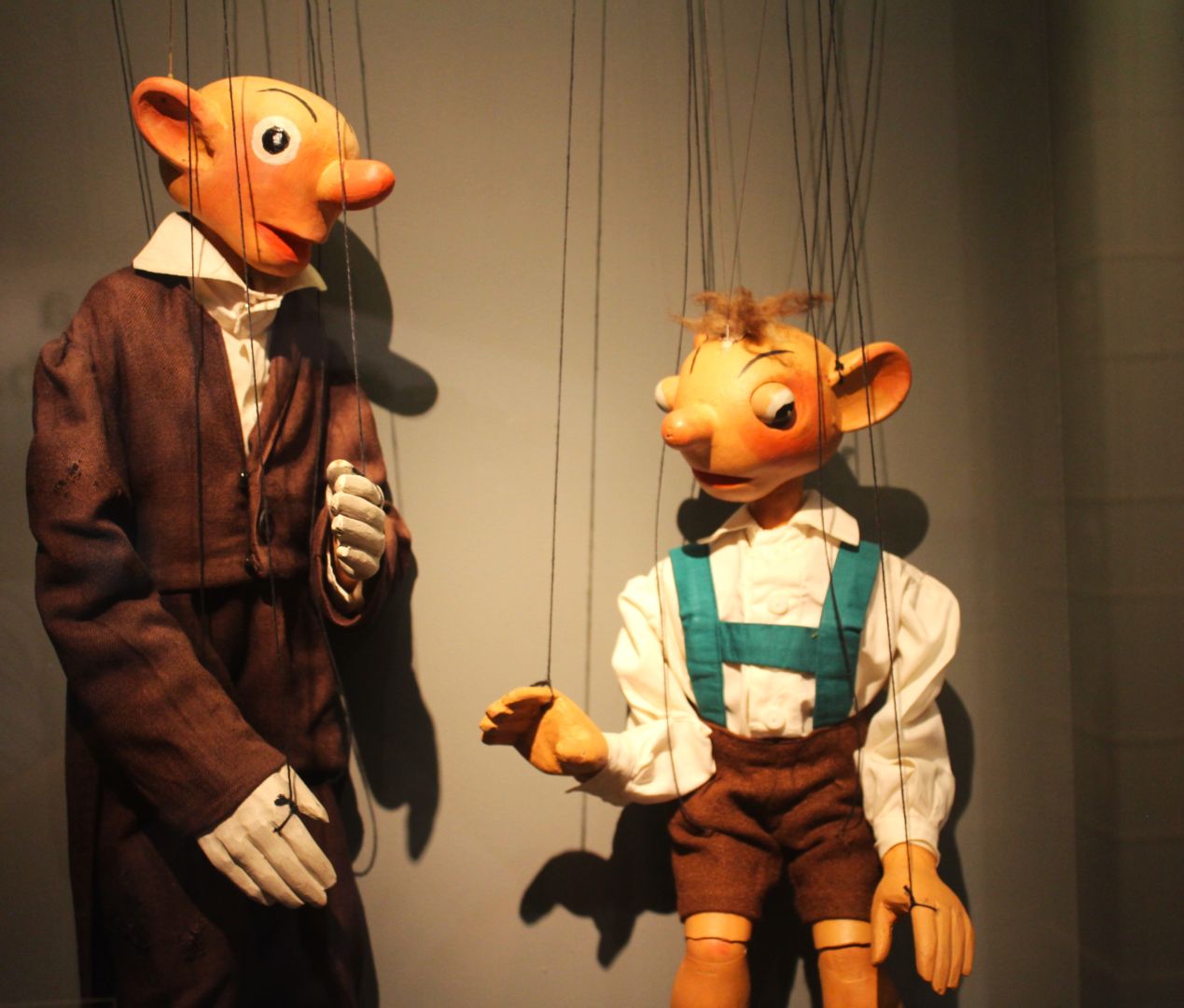Czech Puppetry through photographer's eyes [INTERVIEW]
![Czech Puppetry through photographer's eyes [INTERVIEW]](https://www.azernews.az/media/2025/05/06/img_20230802_140911.jpg)
With its intricate craftsmanship and deep folkloric roots, Czech marionette theater never thrills to amaze both children and adults alike.
Aydin Sadikhov, a renown photographer and cultural enthusiast from Azerbaijan has been inspired by this enchanting art form since childhood.
Through his photo project "Puppet-Theatrical Art of the Czech Republic", the photographer strives to explore the magic of Czech puppet museums and the legends they bring to life. The project has been recently presented at Khatai Arts Center with the organization of the Czech Embassy in Azerbaijan.
In his interview with Azernews, Aydin Sadikhov sheds light on his latest work, "Puppet-Theatrical Art of the Czech Republic.
The photographer offers a fascinating glimpse into the world behind the lens.
Q: How did the idea of creating a project dedicated to Czech Puppetry come about? What historical aspects of Czech puppet theater particularly impressed you?
A: Czech culture and the theatrical art of marionette puppetry are closely and inseparably connected. Czech marionette theater is a significant cultural phenomenon that gained widespread popularity in the mid-19th century. However, the art of puppetry itself originated in various regions of what is now the Czech Republic as early as the mid-18th century. Traveling performers would roam the streets of Czech towns, staging shows featuring marionettes of their own creation. These artists not only operated the puppets but also played musical instruments, while the marionettes danced in rhythm with the music, bowed, and approached the audience to collect rewards for their performances.
Over time, these artists had to continually refine and improve their puppets and hire additional help—thus the first puppet theaters began to emerge. There are numerous factors behind the high level of development in Czech puppetry, and it is still a highly beloved and valued form of art today, with strong traditions preserved throughout the country. A clear testament to this is the inclusion of Czech puppetry in UNESCO's List of the Intangible Cultural Heritage of Humanity.
Professional workshops, family-run puppet-making homes, specialized puppet shops, as well as puppet museums and theaters can be found in virtually every Czech city. This centuries-old art continues to thrive and is held in high esteem—something truly admirable.
I fell in love with puppetry from an early age, during visits to my favorite Puppet Theater in Baku. I tried never to miss a single performance and was always fascinated not only by how the puppets were made but also by the skill involved in operating them on stage. Of course, the element of fantasy and fairytales—one of my favorite genres in theatrical productions—also played a big role. As is likely evident from many of my past cultural projects, I’ve always been inspired by urban legends, myths, and fairytales, which the Czech Republic has in abundance. I’ve often delivered presentations and lectures devoted to Czech legends and folklore.
The Czech Republic is home to a multitude of vivid, educational, and imaginative puppet theater performances based on these themes. The convergence of these elements led me to the idea of creating a project centered around them.
Q: Why were the museums in Plzeň and Cesky Krumlov chosen for this project?
A: Puppet theater is so deeply rooted in Czech culture that almost every city in the country has its own Puppet Theater Museum and Puppet Theater. However, during the preparation for this cultural project, I specifically chose to focus on the Puppet Museum in Plzen and not by chance. The history of this city is deeply intertwined with the development of puppetry, and it was here that legendary masters such as Josef Skupa, Jiri Trnka, and Gustav Nosek made their mark.
The Puppet Museum of Plzen is a cultural and historical landmark that preserves the city's rich puppet heritage dating back to the early 19th century. Historically, traveling puppet artists visited Plzen with their wagons, known as "abštekrs," bringing their puppet shows to different corners of the region. Families such as the Kopeckys, Meisners, and Dubskys were among the early pioneers of this tradition.
Located in the heart of the city, on Republic Square, the Puppet Museum offers visitors a chance to dive into the world of puppet and theatrical history, get to know the great masters of the craft, and admire authentic masterpieces—famous Czech marionettes. Visitors enter a magical world of fairytales, legends, and humorous as well as educational stories, even having the opportunity to bring the wooden actors to life. The museum is housed in a medieval burgher house, known for its Renaissance-era façade. Around 200 marionettes reside in this museum, from characters dating back to the Austro-Hungarian period to newer figures like the brave soldier Svejk and the famous Spejbl and Hurvinek.
My second museum of choice is the Puppet Museum in Cesky Krumlov. The main exhibition there focuses largely on magical and mystical characters from Czech fairytales. Considering that the town itself resembles a fairytale setting, it became the perfect complement to this project.
The photographs in the exhibition look like live scenes from theatrical performances. Was it your intention to convey the theatrical atmosphere through the lens?
Absolutely. The concept of this exhibition was to bring the viewer as close as possible to the real and magical world unfolding on the stages of Czech puppet theaters. There's an interesting detail I am happy to share: in several museums, certain marionettes were purposefully arranged within specific sets and compositions to authentically recreate the atmosphere of the theatrical productions they were originally part of.
However, some of the photographs presented in the exhibition reflect my own creative staging. In these cases, the theatrical mood was crafted through the positioning of the marionettes, their expressions, and the surrounding decor. This kind of setup requires a great deal of creativity, familiarity with the original theatrical scenes, knowledge of marionette manipulation techniques, and most importantly—teamwork. It was thanks to the support of my wife and son during the museum photo sessions that we were able to achieve such a powerful final result.
Q: The exhibition features marionettes from different eras. Are there any particularly special or historically unique ones among them?
A: Each marionette featured in the photographs is unique in its own way—and many are one-of-a-kind. However, I would like to highlight two in particular.
The first is the diorama "The Wedding of the Beetles", a recently restored masterpiece dating back to the early 20th century. It was created by the world-renowned puppetry animator and Pilsen native Jiri Trnka, who designed it at the age of 27 for the 1939 World’s Fair in New York. Trnka was inspired by the book "The Beetles" by Jan Karafiat, which he also illustrated due to his deep affection for the story. Although the diorama is titled "The Wedding of the Beetles," it actually depicts the wedding of ladybugs, brought to life by 57 puppet characters, including not only ladybugs, but also snails, grasshoppers, and various plants. Remarkably, some original materials used in the diorama, like dried plants and grass from 1939, have been preserved in their original condition.
The second legendary marionette I’d like to mention is Spejbl. Interestingly, this character appears twice in our exhibition: once as a historical replica displayed in the museum and once as a modern, hand-carved version created by Czech puppet-making artisans. With his bald head, large ears, formal tailcoat, and wooden shoes, Spejbl originally performed in cabaret shows. Over time, however, his character evolved when he became the father of the mischievous Hurvinek.
The original puppet had a clever mechanism built into its head that allowed it to amusingly roll its eyes. Spejbl first appeared on stage between 1919 and 1920, created by the legendary Josef Skupa. Around six years later, the well-known woodcarver Gustav Nosek independently carved the character of Hurvinek, intended to be Spejbl's son. This gave birth to the now world-famous puppet duo-Spejbl and Hurvinek.
When Josef Skupa opened his own puppet theater around 1930, the duo became its central characters and gained recognition even abroad. After the war, Skupa moved to Prague and founded the Spejbl and Hurvinek Theater, which continues to operate today. As their performances grew in popularity, other characters were introduced to complement the Spejbl-Hurvínek universe such as Manicka and Katerina Hovorkova, Manicka's grandmother.
Manicka, another iconic marionette created collaboratively by Skupa and Nosek in 1930, is one of the most beloved characters in Czech puppetry and a staple of the Spejbl and Hurvinek ensemble. She is portrayed as Hurvinek's best friend, a bright, knowledgeable girl who often helps guide both Hurvinek and Spejbl. Visitors to our exhibition can also see this character in the form of a beautifully carved marionette made in one of Prague's top puppet workshops.
Q: The exhibition also featured an interactive component: real marionettes from Prague. How did this idea come about?
A: This idea came to me after visiting the remarkable Museum of Puppet Theater in the city of Plzen. The museum's concept is truly unique: it offers visitors the rare opportunity to feel like performers themselves, controlling marionette puppets on a real stage constructed inside the museum. Guests can even improvise a story and act it out on the spot, it's a fascinating, hands-on experience that leaves vivid and joyful impressions on people of all ages.
The renowned ALFA Theater, which has preserved the tradition of puppet theater for decades, contributes significantly to the museum's collection. Many of its productions, inspired by the work of Josef Skupa and Jiri Trnka, are on display. Visitors can explore a variety of unusual puppets from the ALFA Theater's repertoire and even stage short scenes with them. During my time at the museum, I was also fortunate to discover a unique collection of works by Ivan Nesveda, where visitors could animate the puppets using special mechanisms that brought entire scenes to life.
After witnessing all of this, I immediately knew that including real Czech marionettes in my own project was essential. All of the puppets featured in the exhibition come from my personal collection. I'd like to note that each marionette was handcrafted by one of the leading family-run puppet workshops in the Czech Republic.
Q: Can we expect the project to continue or expand to other countries with rich puppet traditions?
A: Absolutely, yes. From the very beginning, my intention was to create a cultural project that would present a series of individual events, each dedicated to the puppet theater traditions of different countries around the world. Eventually, the project will also include exhibitions of our own national puppets, as well as theatrical puppets abroad.
As part of the Czech Puppetry Art project, we also included a small, separate stand displaying puppets from various other countries. And with that, I'll give a little hint about the next installment in this series: the next country I plan to feature is one whose puppet was already represented at our exhibition stand.
Here we are to serve you with news right now. It does not cost much, but worth your attention.
Choose to support open, independent, quality journalism and subscribe on a monthly basis.
By subscribing to our online newspaper, you can have full digital access to all news, analysis, and much more.
You can also follow AzerNEWS on Twitter @AzerNewsAz or Facebook @AzerNewsNewspaper
Thank you!

